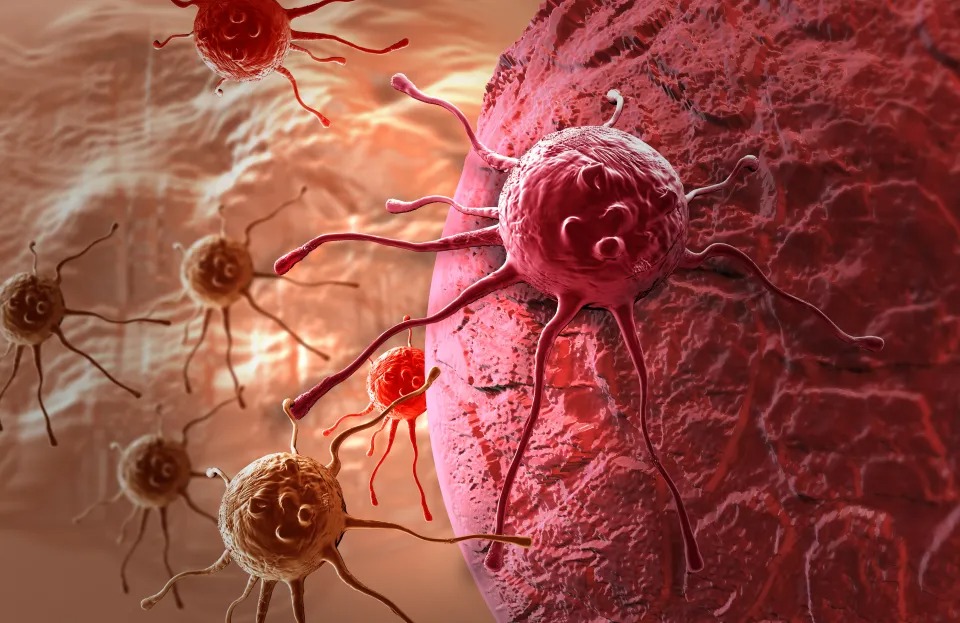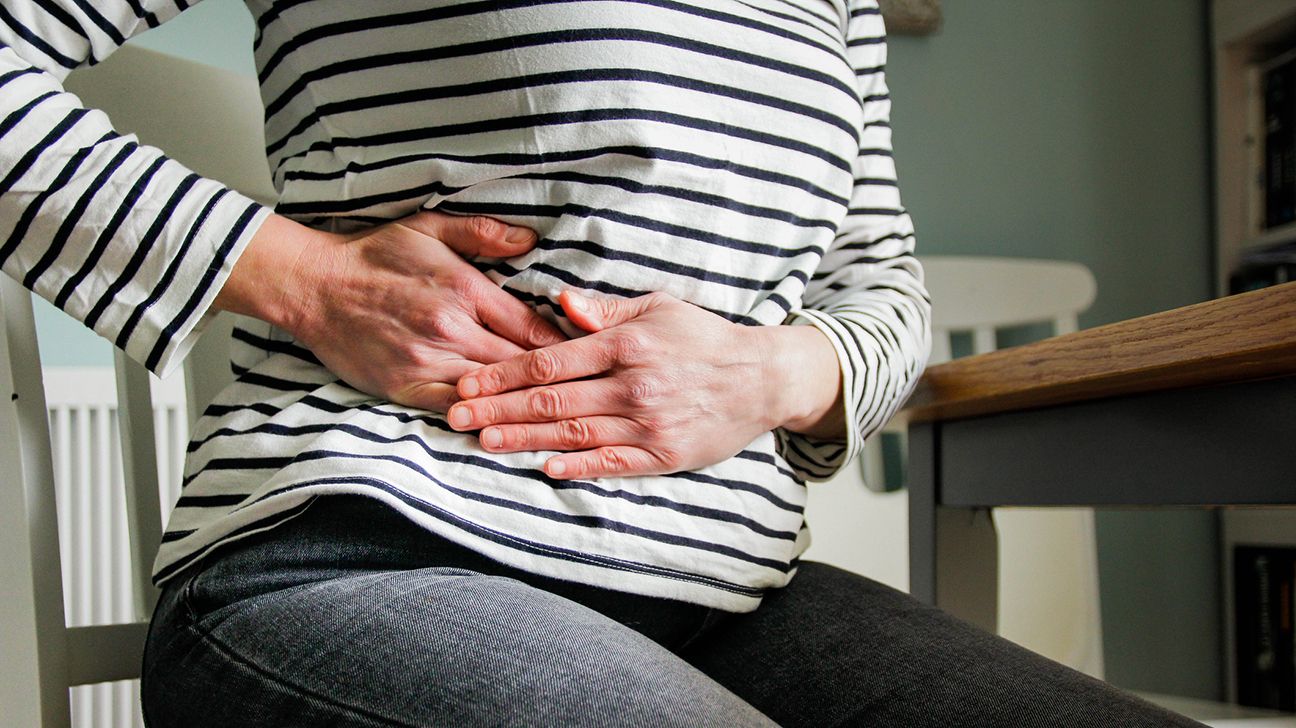Cancer is a complex disease that can affect nearly every part of the body. Detecting it in its early stages often leads to more effective treatment and better outcomes. According to the American Cancer Society, being aware of unusual or persistent changes in your body is key to catching cancer early. While many symptoms may be caused by conditions other than cancer, it is always advisable to speak with a healthcare professional if something doesn’t feel right.
Here are some common early warning signs of cancer, categorized by type and symptom location, based on information from trusted medical sources.
General or Systemic Symptoms
1. Unexplained Weight Loss
Losing weight without changes in diet or activity may be an early sign of cancers such as pancreatic, stomach, esophageal, or lung cancer.
Source: American Cancer Society – Signs & Symptoms of Cancer
2. Fatigue
Extreme and persistent fatigue that doesn’t improve with rest can be a sign of leukemia, colon cancer, or other types of cancer, particularly when paired with other symptoms.
Source: National Cancer Institute – Fatigue in Cancer
Respiratory Symptoms
3. Chronic Cough or Shortness of Breath
A persistent cough, wheezing, or shortness of breath may signal lung cancer or leukemia, especially when accompanied by chest pain or coughing up blood.
Source: CDC – Lung Cancer Symptoms
Gastrointestinal Symptoms
4. Difficulty Swallowing
This may indicate esophageal or throat cancer and should be evaluated by a doctor, especially if it worsens over time.
Source: Mayo Clinic – Esophageal Cancer
5. Changes in Bowel Habits
Persistent diarrhea, constipation, or blood in the stool can be symptoms of colorectal cancer.
Source: CDC – Colorectal Cancer Screening
6. Persistent Stomach Pain or Discomfort
Frequent abdominal pain, bloating, or cramping may be associated with colon, ovarian, or pancreatic cancer.
Source: Mayo Clinic – Ovarian Cancer Symptoms
Reproductive Health Symptoms
7. Unusual Vaginal Bleeding
Bleeding between periods, after menopause, or after intercourse could be early symptoms of uterine, cervical, or endometrial cancer.
Source: American Cancer Society – Uterine Cancer
8. Pelvic Pain or Pressure
Pain in the lower abdomen or pelvis can be linked to ovarian cancer, particularly if it is persistent and accompanied by other gastrointestinal issues.
Source: Ovarian Cancer Research Alliance
Physical Changes You Can See or Feel
9. Lumps or Swelling
Unusual lumps in the neck, underarms, groin, or breast area may suggest lymphoma, breast cancer, or other forms of cancer and should be evaluated promptly.
Source: American Cancer Society – Lymph Nodes and Cancer
10. Changes in the Skin
- New moles, changes in mole appearance, or skin ulcers that don’t heal may signal skin cancer.
- Redness or dimpling of breast skin may point to inflammatory breast cancer.
Source: Skin Cancer Foundation
11. Excessive Bruising or Bleeding
Unexplained bruising or bleeding may occur in leukemia, a cancer that affects blood and bone marrow. It disrupts the body’s ability to produce platelets, which are necessary for clotting.
Source: Leukemia & Lymphoma Society
Less Obvious but Concerning Signs
12. Feeling Full Quickly or Persistent Bloating
Feeling full after eating small amounts, paired with bloating, can be a symptom of ovarian cancer.
Source: Mayo Clinic – Ovarian Cancer
13. Back Pain
While back pain is common and often due to musculoskeletal issues, persistent or localized pain may be associated with pancreatic, kidney, or breast cancer (if it has spread to the bones).
Source: Cancer Research UK – Cancer and Back Pain
When to See a Doctor
According to the Centers for Disease Control and Prevention, you should consult a healthcare provider if any of the above symptoms:
- Last more than a few weeks
- Worsen over time
- Interfere with daily activities
Many cancers can be treated successfully when diagnosed early. Routine screenings—like mammograms, colonoscopies, Pap tests, and low-dose CT scans—are vital tools for early detection.
Source: CDC – Cancer Prevention and Control
Tips for Cancer Prevention
While not all cancers can be prevented, certain lifestyle changes can significantly reduce your risk:
1. Avoid Tobacco Products
Smoking is the leading cause of lung, mouth, throat, and esophageal cancers. Quitting at any age reduces your risk significantly.
2. Eat a Balanced Diet
A diet rich in fruits, vegetables, whole grains, and lean proteins may help reduce cancer risk. Limit consumption of processed meats and sugary beverages.
3. Exercise Regularly
Engaging in physical activity most days of the week helps maintain a healthy weight, which is important in reducing the risk of various cancers, including breast and colon cancer.

4. Protect Your Skin
Use sunscreen and avoid tanning beds to reduce your risk of melanoma and other skin cancers.
5. Limit Alcohol Consumption
Alcohol intake has been linked to breast, liver, and colorectal cancers. The CDC recommends no more than one drink per day for women and two for men.
6. Get Vaccinated
Vaccines such as the HPV vaccine and hepatitis B vaccine can protect against viruses that increase cancer risk.
Source: World Health Organization – Cancer Prevention
Conclusion
Understanding and recognizing the early signs of cancer can lead to quicker diagnosis and more effective treatment. If you notice persistent, unusual changes in your body, it’s essential to speak with a medical professional. Routine screenings, healthy lifestyle choices, and staying informed are your best tools in cancer prevention and early detection.
Remember:
This article is for informational purposes only and should not replace professional medical advice. Always consult your physician regarding any symptoms or health concerns.
Verified Sources:
- American Cancer Society – Signs and Symptoms
- Mayo Clinic – Cancer Symptoms
- Centers for Disease Control and Prevention
- National Cancer Institute
- Skin Cancer Foundation
- Cancer Research UK


:max_bytes(150000):strip_icc()/Health-GettyImages-1329785837-5cfa6955c9e7424b9a5a5e06f1c02154.jpg)


